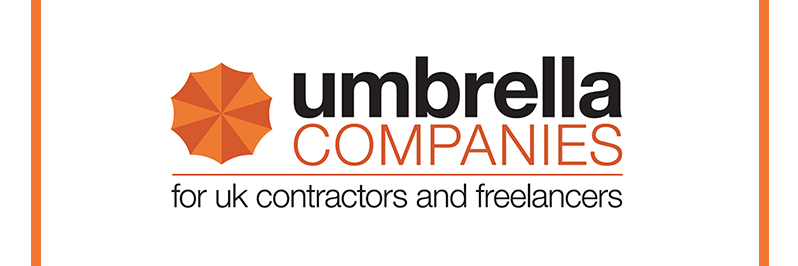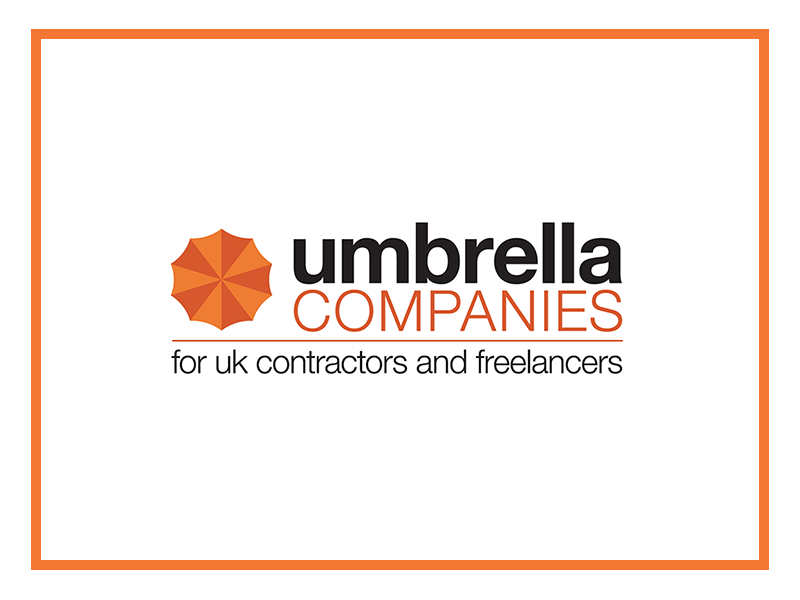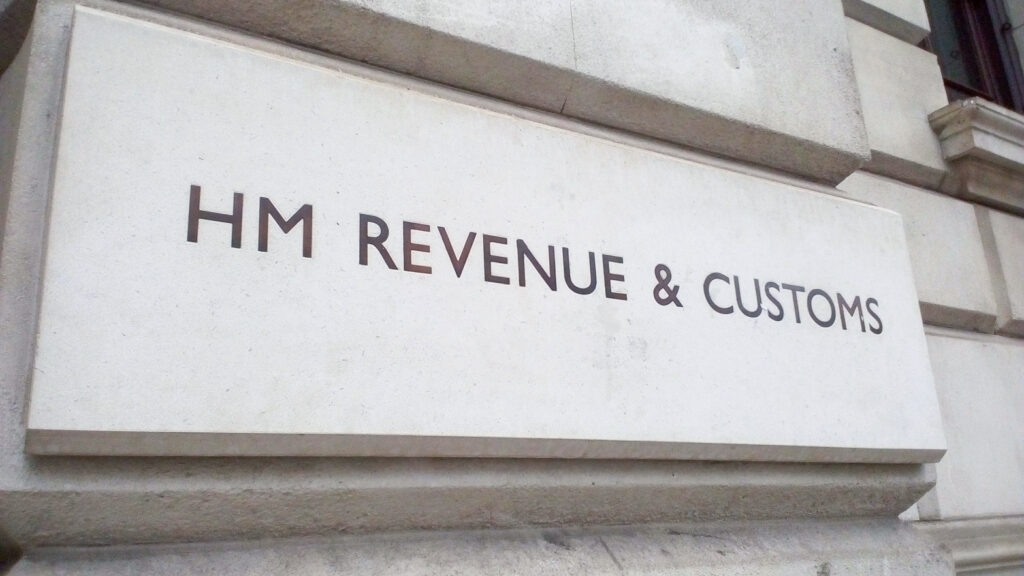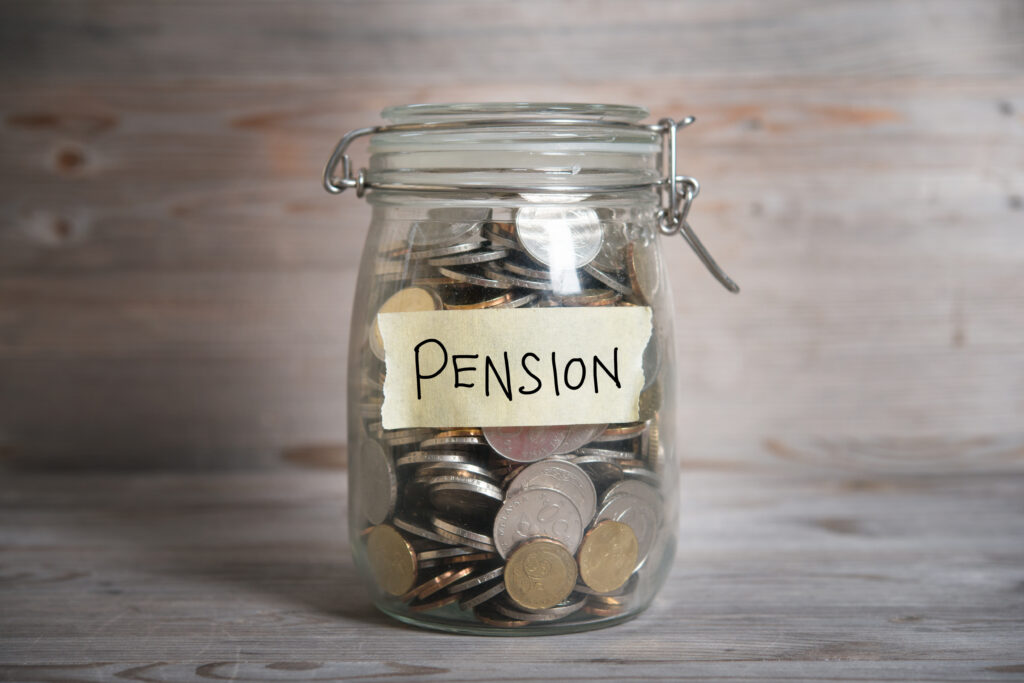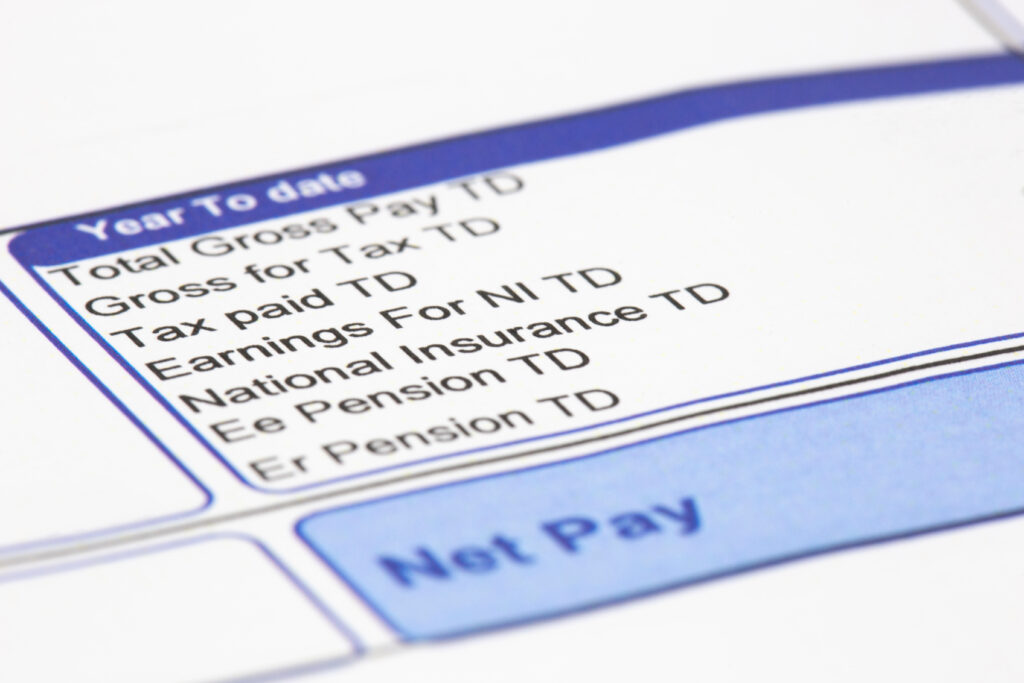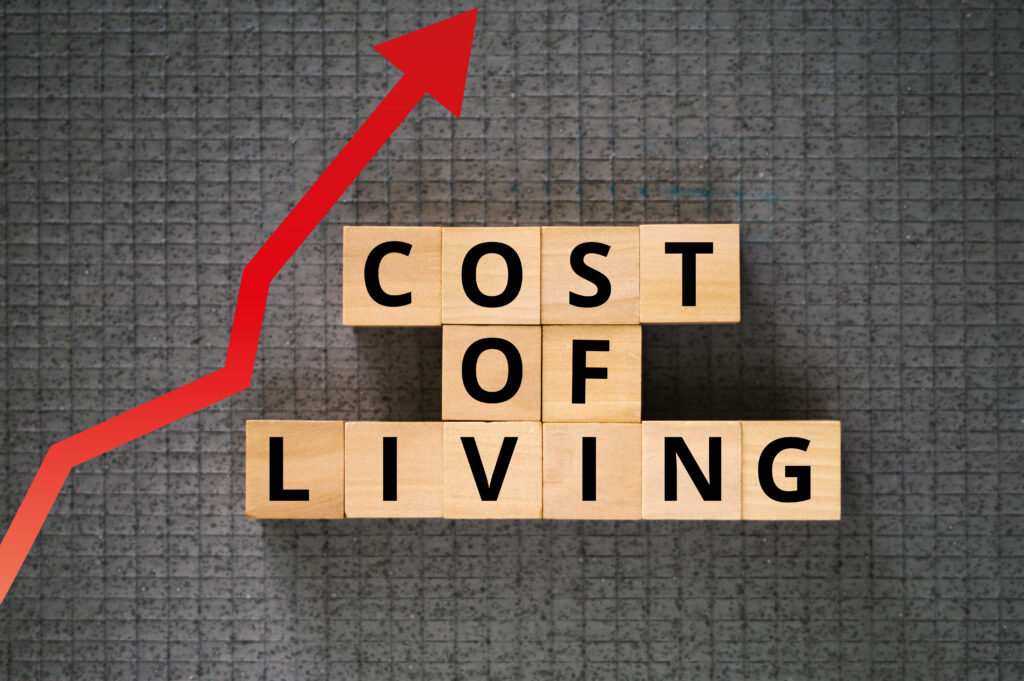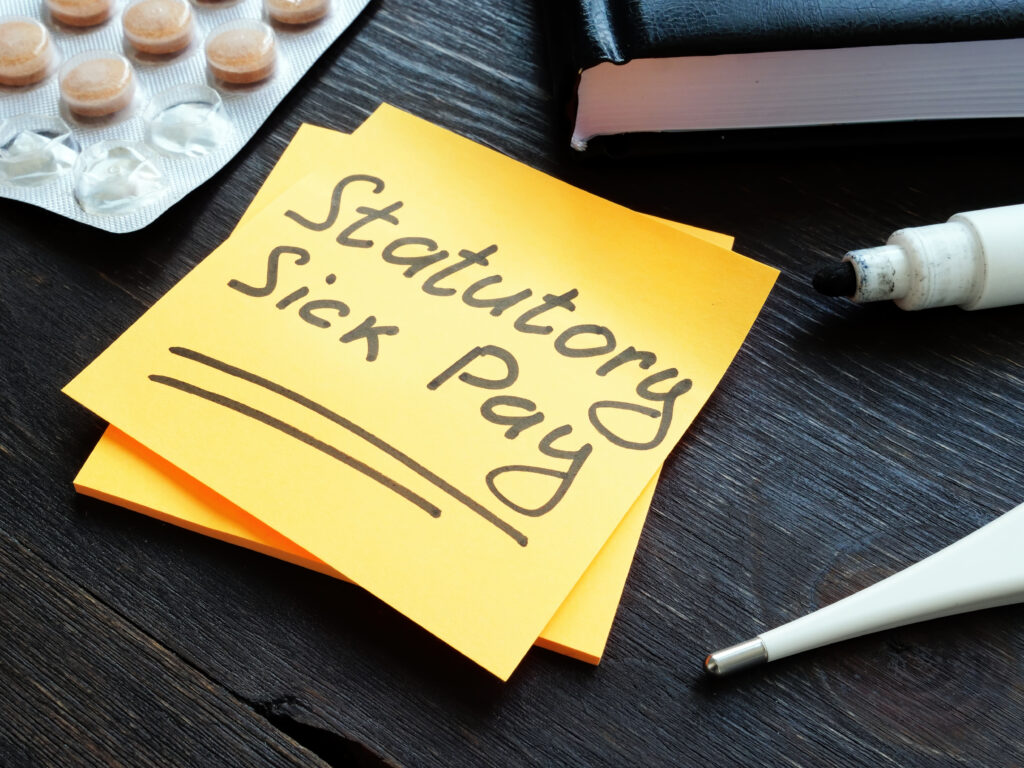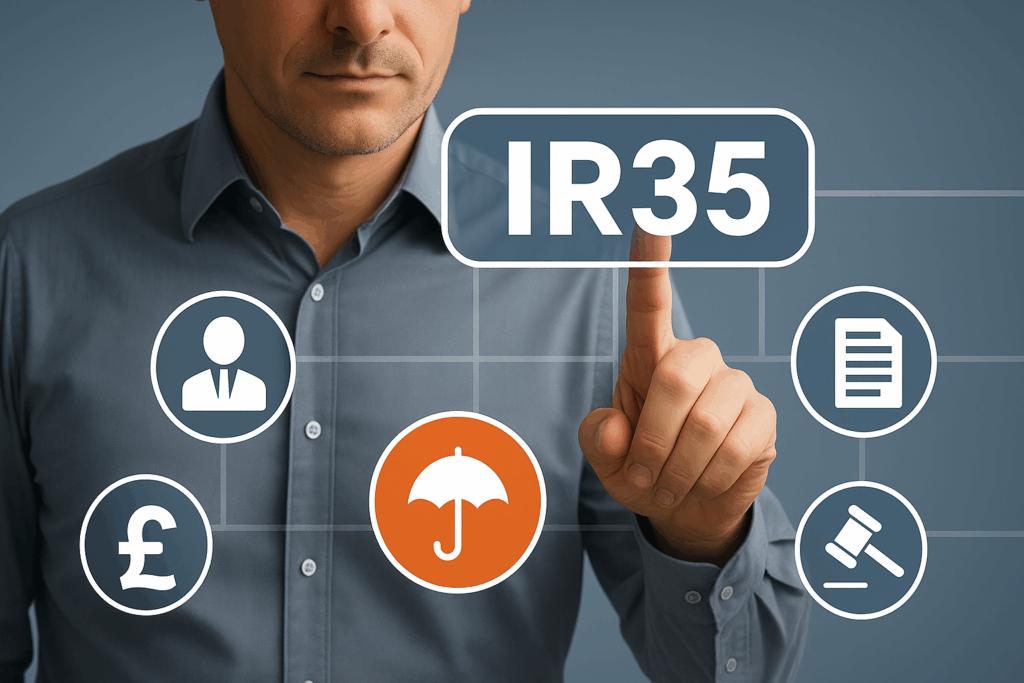How much money do you actually need to retire comfortably in the UK? It’s a question every worker — whether employed, self-employed, or working through an umbrella company — needs to consider. Knowing your retirement income target can help you avoid uncertainty and give you peace of mind for the future.
Recent guidance from the Pensions and Lifetime Savings Association (PLSA) provides updated figures on what retirement costs in 2025. These figures are based on real-life household spending data and offer a useful benchmark for contractors looking to plan ahead.
Whether you’re building a pension through your umbrella company’s auto-enrolment scheme or making private contributions via salary sacrifice, it’s worth understanding what kind of lifestyle your future pension pot might support.
What Pension Income Will You Need?
The PLSA breaks retirement down into three lifestyle levels: minimum, moderate, and comfortable. Each reflects a different level of spending and quality of life. Here’s how much annual income you’d need based on whether you’re living alone or as a couple:
Single person:
-
Minimum standard: £13,000 per year
-
Moderate standard: £32,000 per year
-
Comfortable standard: £44,000 per year
Couple:
-
Minimum standard: £22,000 per year
-
Moderate standard: £44,000 per year
-
Comfortable standard: £61,000 per year
These figures include the full State Pension, which pays around £11,500 per year per person (as of 2025). So, for a couple aiming for a comfortable lifestyle, private pensions or savings will need to contribute roughly £38,000 per year on top of State Pension income.
What Does Each Retirement Lifestyle Look Like?
The three levels are based on what real retirees spend, giving contractors and employees a clear picture of what to aim for.
-
Minimum: Covers essentials like food, utilities, transport, basic clothing, and a short UK holiday.
-
Moderate: Adds extras like meals out, a second-hand car, and occasional holidays abroad.
-
Comfortable: Supports regular overseas travel, a new car every five years, more generous gifts, and extra financial flexibility.
These budgets assume that you’re mortgage-free and not paying rent. If you’re likely to continue making housing payments in retirement, your required income will need to be higher.
If you’re unsure how your current pay setup supports your long-term goals, compare options using our guide on Umbrella vs Limited Company to see which is better suited for building your pension pot.
Still Paying Rent or a Mortgage? You’ll Need More
PLSA’s budgets are based on the assumption that your housing costs have been taken care of — but many retirees will still face monthly outgoings.
If you’re still paying a mortgage, you’ll need to plan for continued repayments unless you’re planning to downsize or clear the debt before retiring.
If you’re renting, especially in the private sector, you could be paying anywhere from £800 to £1,500 a month, depending on your location. That adds up to an extra £10,000–£18,000 a year, which must be factored into your pension target.
How Much Do You Need to Save?
Your ideal pension pot depends on your retirement age, expected lifestyle, and how you access your pension (e.g. annuity or drawdown). While automatic enrolment helps employees build a pension gradually, it may not be enough for a comfortable retirement on its own.
Here’s a rough guide to what a single person may need:
-
£13,000/year = mostly covered by the State Pension
-
£32,000/year = around £350,000–£400,000 in savings
-
£44,000/year = around £530,000–£600,000
If you’re working through an umbrella company, check your Key Information Document (KID) to see how much is being contributed to your pension. If it’s not clear, ask your provider for a detailed breakdown.
You can also request a free take-home pay calculation from one of our Top 10 umbrella companies to find out how much you could realistically put away each month.
Managing Pension Risk at Different Stages of Life
Pension planning isn’t just about how much you contribute — it also depends on how you invest and manage risk as you get older.
In your 20s–40s, you typically have time to take more risk. Higher equity exposure often leads to better long-term growth.
As you approach retirement (50s–60s), gradually shift to lower-risk assets to protect your savings.
Once retired, keeping some exposure to growth assets helps your pension keep pace with inflation, but capital preservation becomes the main focus.
If you’re unsure whether your umbrella company allows salary sacrifice or flexible pension contributions, speak to their payroll or HR team. Some of our FCSA-accredited umbrella companies offer this as part of their service.
What Can You Do Now?
Start with the basics: check your State Pension forecast, use a reputable pension calculator, and track down any lost pensions from previous jobs.
If your pension contributions are handled through an umbrella company, make sure your payslips and documentation are clear and accurate. Working with a compliant umbrella company ensures your pension contributions are properly recorded.
If your take-home pay seems unusually high or if your umbrella uses a split-pay model, it may be worth reviewing your provider. HMRC has named several schemes on its tax avoidance watchlist, and being caught up in one could leave you liable for unpaid tax or pension shortfalls.
Plan for Your Version of Retirement
Retirement isn’t one-size-fits-all. If you’re still paying off debts, supporting dependents, planning to retire early, or want to travel extensively, your savings goals will differ.
Start by building a realistic picture of your ideal lifestyle. Then work backwards to calculate what kind of income — and pension pot — you’ll need to get there. The sooner you start, the more control you’ll have.
If you’re not sure whether your umbrella company is helping or hindering your long-term goals, we can help.
Get a Free Take-Home Pay Calculation from a Top 10 Umbrella Company
Want to understand how much you could realistically put toward your pension each month?
Use our short form to request a free take-home pay calculation from one of our Top 10 umbrella companies. They’ll contact you directly to explain how their payroll works, what’s included in their margin, and how they support compliant pension contributions.
